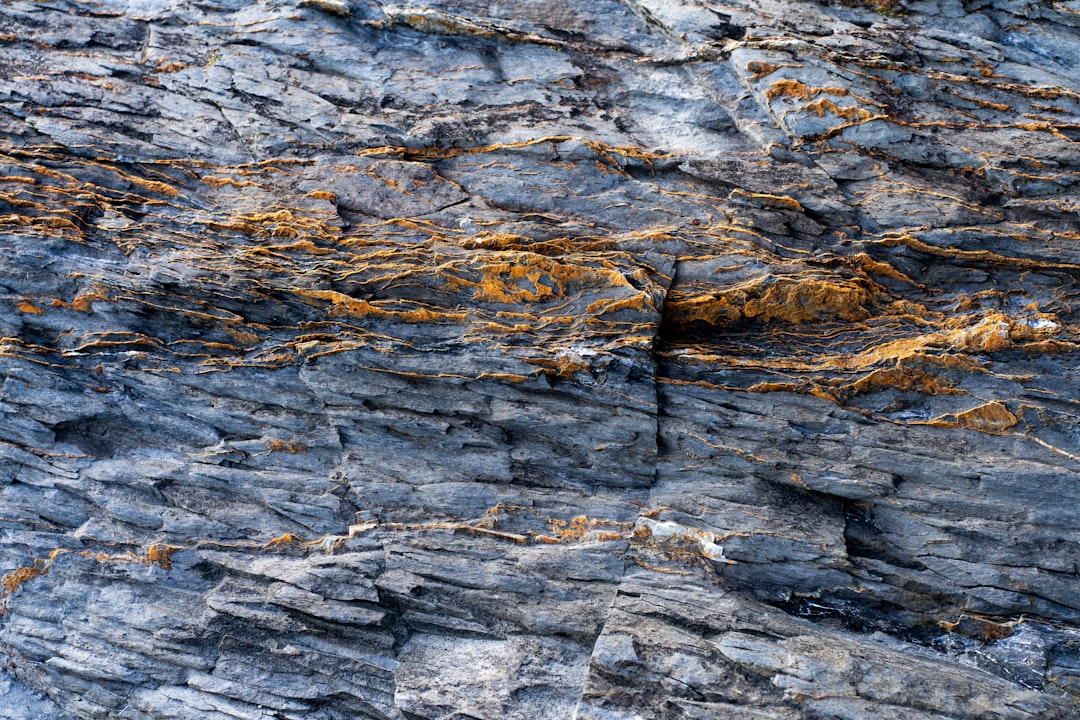What is it about?
The study introduces a novel Distributed Acoustic Sensing (DAS) system designed for high-resolution seismic data collection in near-surface environments. This system comprises a DAS interrogator unit, a fiber-optic cable integrated with a fire-hose assembly for better environmental isolation and fiber-ground coupling, and a vehicle-mounted weight-drop source. The DAS land streamer is easily deployable, enabling dense spatial data acquisition. Two field tests were conducted to assess its performance. The first test showed that adding hose weight enhances fiber-ground coupling, leading to improved signal-to-noise ratio (S/N). The second test demonstrated that the DAS land streamer records waveforms comparable to geophones but offers higher native spatial density, resulting in improved S/N and superior mobility for surface-wave acquisition arrays. While the DAS land streamer shows promise with faster survey acquisition and reduced costs, it has limitations, including recording a single ground-motion component and dependency on favorable fiber-ground coupling. Despite these, it presents a valuable alternative for subsurface applications in geophysics, geology, geotechnics, and environmental studies.
Featured Image

Photo by Markus Spiske on Unsplash
Why is it important?
The DAS land-streamer system represents a notable advancement in high-resolution seismic data acquisition for near-surface investigations. Its design facilitates spatially dense data collection, delivering detailed seismic information crucial for geophysical, geologic, geotechnical, and environmental studies. Through field tests, the system demonstrated enhanced signal-to-noise ratio, comparable waveforms to traditional geophones but with higher spatial density, and improved mobility for surface-wave acquisition arrays. These attributes contribute to potential cost and speed advantages over geophone-based surveys. Despite its versatility and promise, challenges include recording a single horizontal ground-motion component and dependency on favorable fiber-ground coupling conditions, along with upfront costs for the DAS interrogator unit. Overall, the DAS land-streamer emerges as a promising tool with wide-ranging applications in subsurface investigations.
Perspectives
The DAS land-streamer is a flexible deployment and provides superior spatial density data for diverse applications. While offering cost-effective and efficient surveying, challenges like single-component recording and coupling conditions exist. Nevertheless, its potential for rapid acquisition and enhanced resolution positions it as a transformative technology in subsurface exploration, promising new insights across geophysical, geologic, geotechnical, and environmental realms
Adesh Pandey
Colorado School of Mines
Read the Original
This page is a summary of: Developing a distributed acoustic sensing seismic land streamer: Concept and validation, Geophysics, September 2023, Society of Exploration Geophysicists,
DOI: 10.1190/geo2023-0072.1.
You can read the full text:
Contributors
The following have contributed to this page










